The Karamoja subregion in Uganda has long been known for insecurity, severe poverty, hunger, disease, and general backwardness. This north-eastern part of the country has been the typical example of underdevelopment, notwithstanding its vast resource potential. The sub-region has a wide expanse of land, and mineral deposits augmented by a considerable likelihood of the presence of oil deposits. Notwithstanding these resources, the region remains backwards, with little development. Current reports from the area speak to the surge in cattle rustling, clashes between cattle rustlers and government forces, and loss of lives. The locals have accused government forces of killing innocents, failing to protect their cows from rustlers despite the heavy deployment, and failing to hand over cattle recovered from rustlers to rightful owners. To comprehend the situation in Karamoja, one must look at the origin of the insecurity in the region so that tranquillity can prevail in the long-troubled area.
The people in the Karamoja sub-region are nomadic pastoralists, and the number of cattle one has determines their status in society. The culture of these people is so dependent on cattle that dowry goes way higher than one hundred heads of cattle for a bride. Historically the Karamojong, Pokot and Turkana tribes have always carried out cattle raids against each other, and these attacks have always been bloody. For decades, the Turkana from Kenya had the upper hand in the cattle raids due to their possession of guns, while the tribes in Uganda used spears, bows and arrows to defend themselves and raid cattle. For the northeastern tribes, “opportunity” presented itself in 1979 when Idi Amin’s government fell and the soldiers abandoned the Moroto barracks leaving over twelve thousand guns in the armoury. The locals looted the guns and used them to defend their cattle and make raids on each other and against the Turkana. The instability in Southern Sudan also created an avenue for obtaining more guns in the years that followed. And so the battle for cattle raged.
"Block Quote"
In 1987, The Karamoja Development Agency was created with the duty to supervise general transformation and bring about rapid economic & social development in the region. In addition, it was to provide sufficient water and promote increased productivity in the area. In 2001, the government of Uganda launched a disarmament program where thousands of guns were recovered from the region. While it is evident that not all people were disarmed, relative peace was restored in the region by 2010. But intermittent cattle raids persisted, and long-lasting peace was far from reach. It is important to investigate why this is so. The strategy of pacifying Karamoja has had flaws right from the start, and this is why we have not registered meaningful progress in the region for decades. Deeply rooted factors usually occasion conflict and instability. They can not be stamped out by simply overpowering the conflicting parties as this only postpones the problems and only creates short episodes of peace.
Given all this, Karamoja still suffers a deep-rooted culture of warrior pastoralism, a proliferation of guns, cross-border insecurity, poverty and ineffectiveness of government programs. When the government conducted the disarmament program, emphasis was placed on persuading the community to hand over their arms and defeating those who refused. After the disarmament exercise, a chance to end this cycle of violence presented itself but was not seized by the government. The government could have engaged traditional leaders in the area to introduce programs to teach the former nomadic warriors how to live productive and settled lives. Concepts like cross-breeding, commercial livestock rearing, market economy, demand for milk and beef could have been introduced then. However, no such action was taken, leaving the nomadic pastoralists with their warrior mentality.
Furthermore, the disarmament of the people in Karamoja was not met with equal disarmament efforts of their nomadic counterparts in Kenya. The Karamojong, Turkana and Pokot in Kenya continued to raid cattle from the Karamoja sub-region, taking advantage of the disarmed pastoralists in Uganda. This reality drove the nomads on the Ugandan side to also acquire arms from the black market to defend their cattle. Another shortfall in the Karamoja question was the absence of a strong and well-coordinated security apparatus in the Karamoja sub-region to protect them from cattle raiders across from the border. This still stands out as one of the major causes of insecurity in the region. Further, the prevalence of acute poverty in the sub-region makes it easier for the people in the region to return to the old ways of nomadism and cattle rustling. This poverty, coupled with the warrior culture that regards cattle as the main source of wealth and pride is what forces the people in this sub-region to resort to cattle rustling. The cattle-keeping culture can be used to assist these people to generate wealth through applying more technologically advanced ways of rearing cattle.
As we speak, the people in the Karamoja sub-region are decrying the excessive use of force by the UPDF and its failure to return their cattle recovered from the cattle rustlers. The UPDF has been ranked among the most disciplined force on the continent but at home, it is known for its brutality to civilians–a perception that has only grown in the past few years. Our armed forces must understand that the existence of conflict within Uganda does not necessitate untamed violence, nor does it warrant the misappropriation of people’s property. While the situation in the sub-region requires a partly militaristic solution, it is a social problem that needs social solutions and not war tactics. The UPDF should be a force that helps victims of cattle rustling recover their cows and feel secure in their lands. This must be a deliberate effort to make friendly contact with the people in the area. The absence of friendly contact with the people in the area and an assault of innocents by the military risks making any future efforts to pacify the Karamoja communities futile. This is partly because the people have become suspicious of government intentions in the region. It is now more difficult for people in Karamoja to accept the idea of abandoning rudimentary practices when they do not trust the government which killed their people and took their cattle.
As it stands, there is a need for a calmer and more strategic response to the insecurity in the Karamoja sub-region. I hope the government can pursue more effective methods to bring peace to a region that has long suffered insecurity.


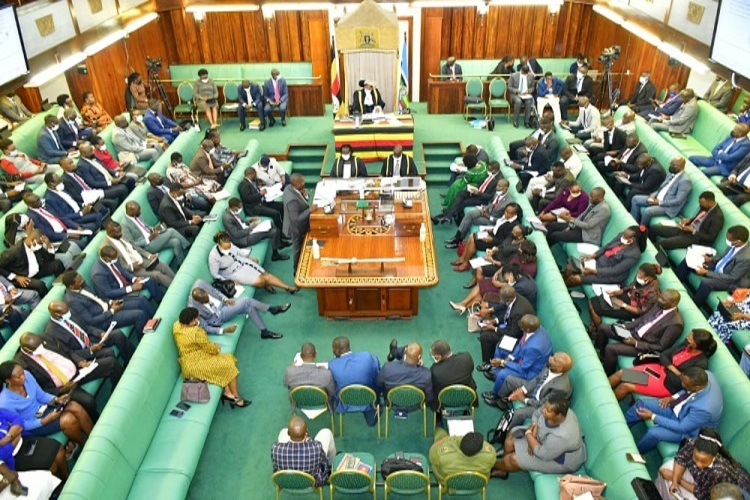
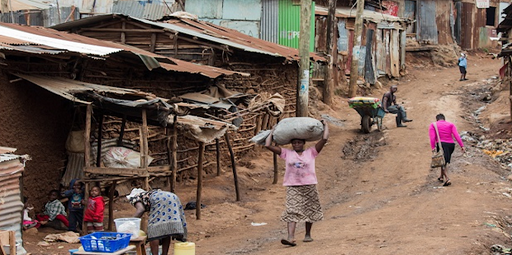
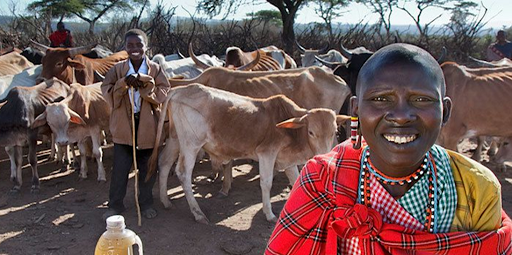

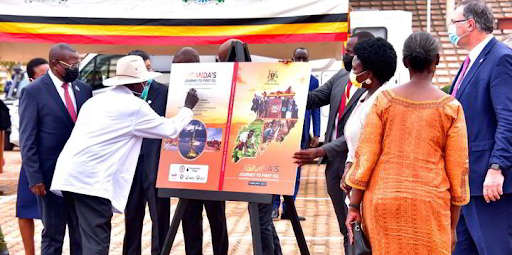
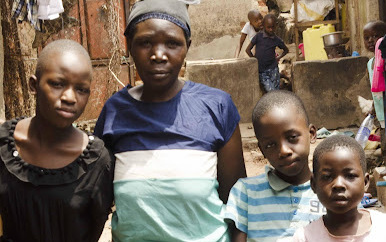

0 Comments